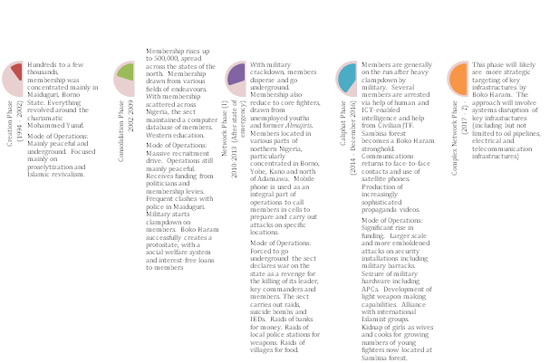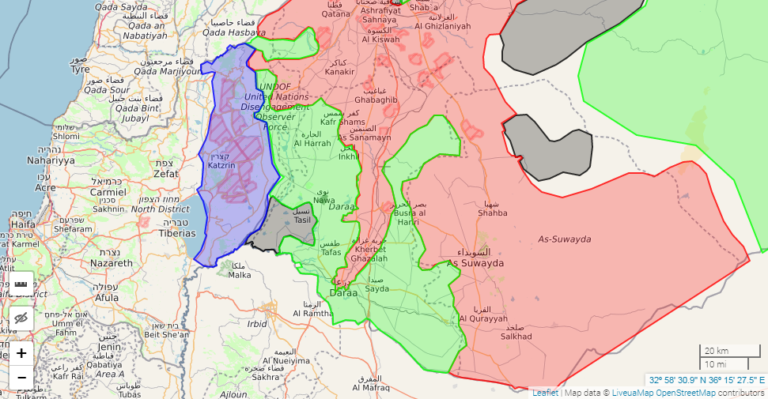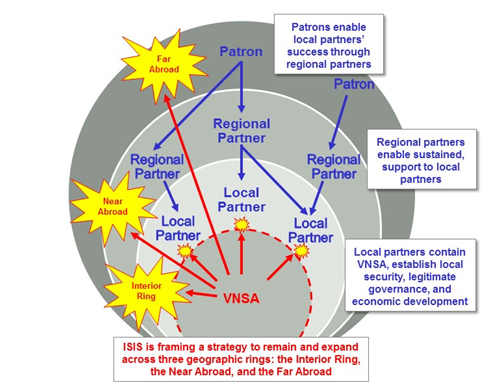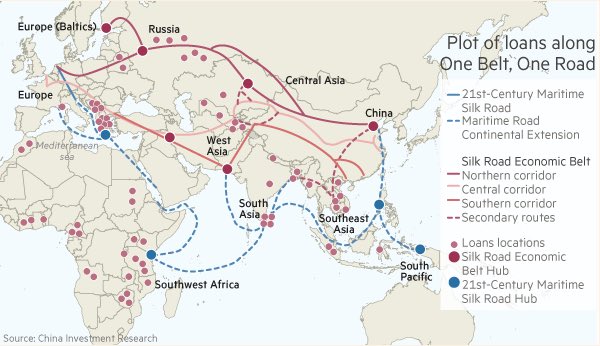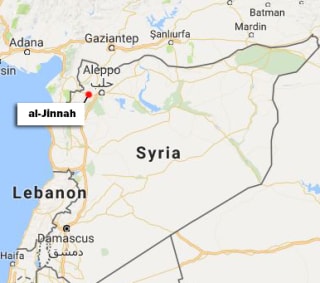(258) 2-18-2017-to-02-24-2017_____****THE****WINDS****of****WAR****
http://www.timebomb2000.com/vb/show...24-2017_____****THE****WINDS****of****WAR****
(259) 2-25-2017-to-03-03-2017_____****THE****WINDS****of****WAR****
http://www.timebomb2000.com/vb/show...03-2017_____****THE****WINDS****of****WAR****
(260) 03-04-2017-to-03-10-2017_____****THE****WINDS****of****WAR****
http://www.timebomb2000.com/vb/show...10-2017_____****THE****WINDS****of****WAR****
-----
North Korea isn’t testing its missiles. It’s preparing for a nuclear first strike.
Started by China Connection, Today 01:58 AM
http://www.timebomb2000.com/vb/show....-It%92s-preparing-for-a-nuclear-first-strike.
China is NOT HAPPY with the THAAD deployment in S. Korea
Started by Heliobas Disciple, Today 08:25 AM
http://www.timebomb2000.com/vb/show...T-HAPPY-with-the-THAAD-deployment-in-S.-Korea
US nukes just got a lot deadlier — and experts say it could cause Russia to attack
Started by michaelteever, Today 06:03 PM
http://www.timebomb2000.com/vb/show...d-experts-say-it-could-cause-Russia-to-attack
Europe: Politics, Trade, NATO. March 2017
Started by Plain Jane, 03-04-2017 12:57 PM
http://www.timebomb2000.com/vb/showthread.php?513073-Europe-Politics-Trade-NATO.-March-2017
The Four Horsemen - 03/06 to 03/13
Started by Ragnarok, 03-06-2017 03:31 PM
http://www.timebomb2000.com/vb/showthread.php?513172-The-Four-Horsemen-03-06-to-03-13
Another Ax Attack, Germany 3/9/17; MORE ATTACKS
Started by Cascadians, Yesterday 12:39 PM
http://www.timebomb2000.com/vb/showthread.php?513316-Another-Ax-Attack-Germany-3-9-17-MORE-ATTACKS
-----
For links see article source.....
Posted for fair use.....
http://www.janes.com/article/68625/iran-successfully-tests-radar-guided-anti-ship-ballistic-missile
Weapons
Iran successfully tests radar-guided anti-ship ballistic missile
Jeremy Binnie, London - IHS Jane's Defence Weekly
10 March 2017
Iranian and US reports have corroborated a successful test of Iran's new Hormuz-2 radar-guided anti-ship ballistic missile (ASBM) in early March.
Iran's Tasnim news agency reported on 9 March that the Islamic Revolution Guards Corps (IRGC) had carried out the test. "We fired the Hormuz-2 missile this week," it quoted Brigadier General Amir Hajizadeh, the head of the IRGC Aerospace Forces, as saying. "It successfully destroyed a target within the range of 250 km."
When it was unveiled in May 2014, the Hormuz-2 appeared to be an active radar-guided variant of Iran's Khalij Fars ASBM, while the Hormuz-1 was said to be a passive radar-guided variant.
The Khalij Fars is a development of the Fateh-110 solid-fuel tactical ballistic missile fitted with an infrared seeker to enable it to home in on a ship's heat signature.
The radar-guided versions should be more capable than the Khalij Fars of locking on to ships that are obscured by cloud or haze, but the Hormuz-2 is potentially vulnerable to electronic warfare countermeasures.
Three days earlier, Fox News cited US officials as saying Iran carried out two ASBM tests on 4-5 March, with the second successfully hitting a floating platform 155 miles (250 km) away. One US official said the tests involved a "Fateh-110 Mod 3" with a "new active seeker".
The first ASBM was launched from the IRGC base in Bandar-e-Jask on the Gulf of Oman and landed "in the vicinity" of the floating platform it was aimed at on 4 March, and a second launched on the following day hit the target, the official said.
"It's a concern based on the range and that one of the missiles worked," one official was quoted as saying.
Want to read more? For analysis on this article and access to all our insight content, please enquire about our subscription options: ihs.com/contact
To read the full article, Client Login
(305 of 445 words)
http://www.timebomb2000.com/vb/show...24-2017_____****THE****WINDS****of****WAR****
(259) 2-25-2017-to-03-03-2017_____****THE****WINDS****of****WAR****
http://www.timebomb2000.com/vb/show...03-2017_____****THE****WINDS****of****WAR****
(260) 03-04-2017-to-03-10-2017_____****THE****WINDS****of****WAR****
http://www.timebomb2000.com/vb/show...10-2017_____****THE****WINDS****of****WAR****
-----
North Korea isn’t testing its missiles. It’s preparing for a nuclear first strike.
Started by China Connection, Today 01:58 AM
http://www.timebomb2000.com/vb/show....-It%92s-preparing-for-a-nuclear-first-strike.
China is NOT HAPPY with the THAAD deployment in S. Korea
Started by Heliobas Disciple, Today 08:25 AM
http://www.timebomb2000.com/vb/show...T-HAPPY-with-the-THAAD-deployment-in-S.-Korea
US nukes just got a lot deadlier — and experts say it could cause Russia to attack
Started by michaelteever, Today 06:03 PM
http://www.timebomb2000.com/vb/show...d-experts-say-it-could-cause-Russia-to-attack
Europe: Politics, Trade, NATO. March 2017
Started by Plain Jane, 03-04-2017 12:57 PM
http://www.timebomb2000.com/vb/showthread.php?513073-Europe-Politics-Trade-NATO.-March-2017
The Four Horsemen - 03/06 to 03/13
Started by Ragnarok, 03-06-2017 03:31 PM
http://www.timebomb2000.com/vb/showthread.php?513172-The-Four-Horsemen-03-06-to-03-13
Another Ax Attack, Germany 3/9/17; MORE ATTACKS
Started by Cascadians, Yesterday 12:39 PM
http://www.timebomb2000.com/vb/showthread.php?513316-Another-Ax-Attack-Germany-3-9-17-MORE-ATTACKS
-----
For links see article source.....
Posted for fair use.....
http://www.janes.com/article/68625/iran-successfully-tests-radar-guided-anti-ship-ballistic-missile
Weapons
Iran successfully tests radar-guided anti-ship ballistic missile
Jeremy Binnie, London - IHS Jane's Defence Weekly
10 March 2017
Iranian and US reports have corroborated a successful test of Iran's new Hormuz-2 radar-guided anti-ship ballistic missile (ASBM) in early March.
Iran's Tasnim news agency reported on 9 March that the Islamic Revolution Guards Corps (IRGC) had carried out the test. "We fired the Hormuz-2 missile this week," it quoted Brigadier General Amir Hajizadeh, the head of the IRGC Aerospace Forces, as saying. "It successfully destroyed a target within the range of 250 km."
When it was unveiled in May 2014, the Hormuz-2 appeared to be an active radar-guided variant of Iran's Khalij Fars ASBM, while the Hormuz-1 was said to be a passive radar-guided variant.
The Khalij Fars is a development of the Fateh-110 solid-fuel tactical ballistic missile fitted with an infrared seeker to enable it to home in on a ship's heat signature.
The radar-guided versions should be more capable than the Khalij Fars of locking on to ships that are obscured by cloud or haze, but the Hormuz-2 is potentially vulnerable to electronic warfare countermeasures.
Three days earlier, Fox News cited US officials as saying Iran carried out two ASBM tests on 4-5 March, with the second successfully hitting a floating platform 155 miles (250 km) away. One US official said the tests involved a "Fateh-110 Mod 3" with a "new active seeker".
The first ASBM was launched from the IRGC base in Bandar-e-Jask on the Gulf of Oman and landed "in the vicinity" of the floating platform it was aimed at on 4 March, and a second launched on the following day hit the target, the official said.
"It's a concern based on the range and that one of the missiles worked," one official was quoted as saying.
Want to read more? For analysis on this article and access to all our insight content, please enquire about our subscription options: ihs.com/contact
To read the full article, Client Login
(305 of 445 words)
Last edited:

